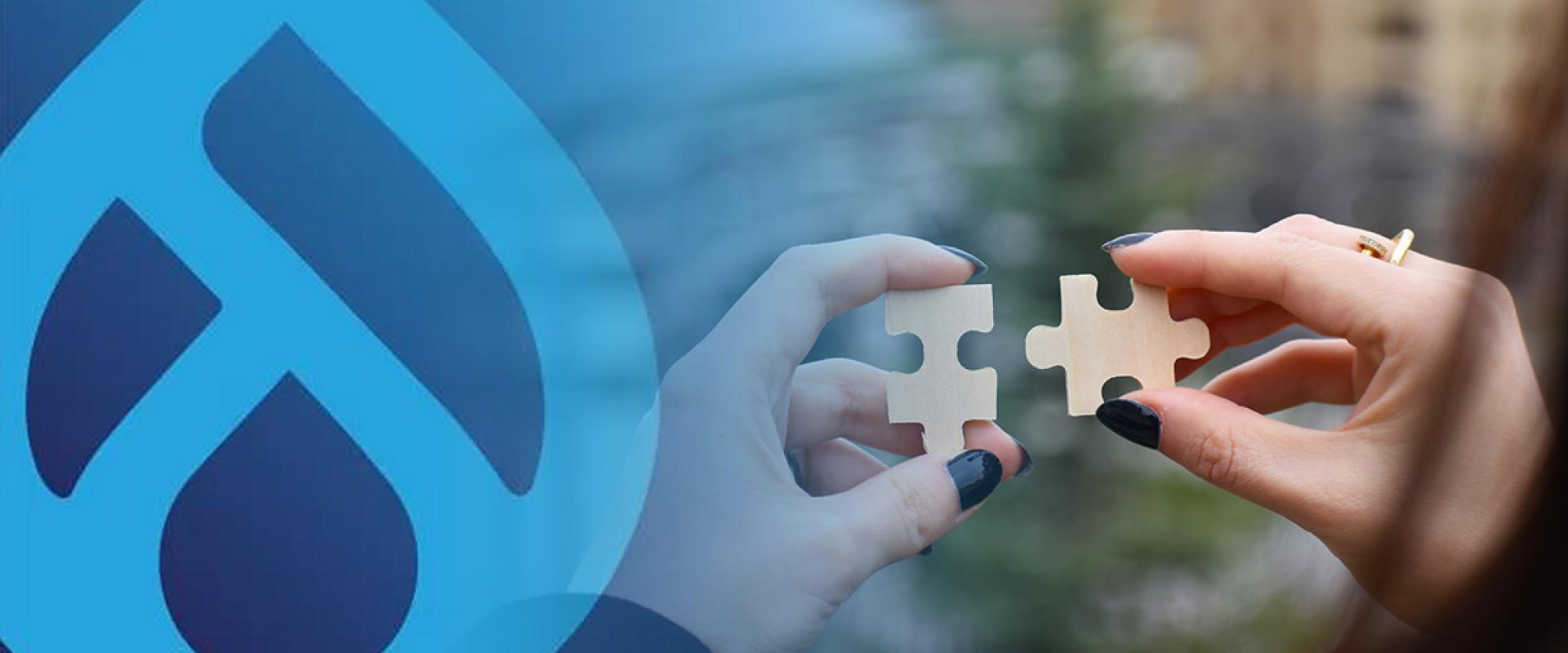Still on Drupal 7? Or Upgrading to 10? It’s Not Straightforward — But You’re Not Alone
After 15 years working across Drupal 5 to 10, I’ve seen firsthand how tricky these migrations can be. Whether you're finally moving off D7 or tackling the upgrade from 8 or 9 to 10, here's what I’ve learned — and what you need to watch out for.

Hi, my name is Melanie and I’ve been developing Drupal websites for around 15 years. I’ve worked across versions 5, 6, 7, 8, 9 and now Drupal 10 — and I’ve seen firsthand how the platform has evolved.
What to Do If You Still Have a Drupal 7 Website (Hint: Now’s the Time to Act)
Still Running Drupal 7? Here's What You Need to Know
If your website is still running on Drupal 7 in 2025, you’re not alone — but now really is the time to act. Drupal 7 officially reached end-of-life on January 5, 2025, after a long string of extensions. That means no more official updates, no more security advisories, and increasing risk.
So what does that mean for you? You need to rebuild.
Why Rebuilding is the Best Option for Drupal 7 Sites
Unlike Drupal 8, there’s no direct upgrade path from Drupal 7 to newer versions. The underlying architecture changed completely starting with Drupal 8. So a move to Drupal 10 isn’t an “upgrade” — it’s a full rebuild.
I get it — rebuilding sounds overwhelming and expensive. But think of it as an opportunity to modernize your site and future-proof your digital presence. Rebuilding allows you to:
- Rethink your design and user experience
- Clean up outdated content
- Improve performance and mobile responsiveness
- Take advantage of modern modules and best practices
- Set yourself up for easier upgrades in the future
If you’re still on Drupal 7, the longer you wait, the harder it becomes to maintain, patch, or find devs who want to touch it. The best strategy is to start planning your rebuild now — not later.
Already on Drupal 8 or 9? Here’s What You Need to Know About Upgrading to 10
Now, let’s say you’re already on Drupal 8 or Drupal 9. Great! You’re ahead of the game — but not out of the woods.
Drupal 8 reached end-of-life in November 2021, and Drupal 9 support ended in November 2023. So even if you’ve moved past Drupal 7, you still need to act.
On paper, upgrading from Drupal 8 or 9 to 10 is a lot easier than from 7 — but in practice, it can get messy.
What I Learned Upgrading from Drupal 8 to 10
When I started upgrading from Drupal 8, initially I tried to shortcut the process by jumping straight to 10 — which came with a broke site and failed database updates. The reality is, you need to move through every point release step-by-step. That means:
- From 8.9 → 9.0 → 9.1 → 9.2 → 9.3 → 9.4 → 9.5
- Then from 9.5 → 10.0 → 10.1 (or whatever the current version is)
And, there are things you must do at each version:
- Uninstalling modules like CKEditor before upgrading
- Uninstalling and reinstalling themes at specific versions
- Resolving database schema issues when updates fail
- Rolling back and fixing things at the failed version before continuing
If something breaks at 9.2, for example, you can’t just skip ahead. You’ll need to roll back to 9.1, fix the issue (like removing deprecated code or reconfiguring modules), then move forward again.
This process requires patience and version-by-version attention. It’s not always smooth, even with tools like Upgrade Status and Drupal Rector — but it is manageable with care.
Drupal vs WordPress: Which Platform Can Go Longer Without Updates — and Why?
One thing I hear a lot is “Why not just use WordPress? Isn’t it easier?” Sure — WordPress has a larger pool of developers and generally cheaper upfront costs.
But here’s what I’ve experienced: WordPress sites tend to be hacked more often and need constant security updates. Drupal, on the other hand, can go longer without updates due to its more secure architecture. That’s not to say it’s hands-off — but it’s more stable long-term.
I’m not preaching Drupal over WordPress for everyone — there are tradeoffs. Drupal sites tend to be more expensive to maintain and there are fewer developers available for support. But if you need flexibility, security, and scale, Drupal’s still a great choice.

About the Author
Melanie Graham is a hybrid designer and developer with over 20 years of experience designing and building digital products and experiences, including branding, websites, and apps. She runs Graham Agency, a digital agency based in Byron Bay, offering brand, web, and UX solutions.
Need Help Navigating Your Next Step?
Whether you’re still on Drupal 7 or wrestling with the complexities of upgrading from 8 or 9 to 10 — I’ve been through it, and I’m happy to help.
You don’t need to figure this out alone. I can point you in the right direction or give you hands-on support, depending on where you’re at.
Let's build something great
Ready to unleash your business vision?

